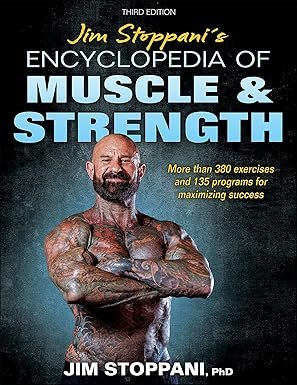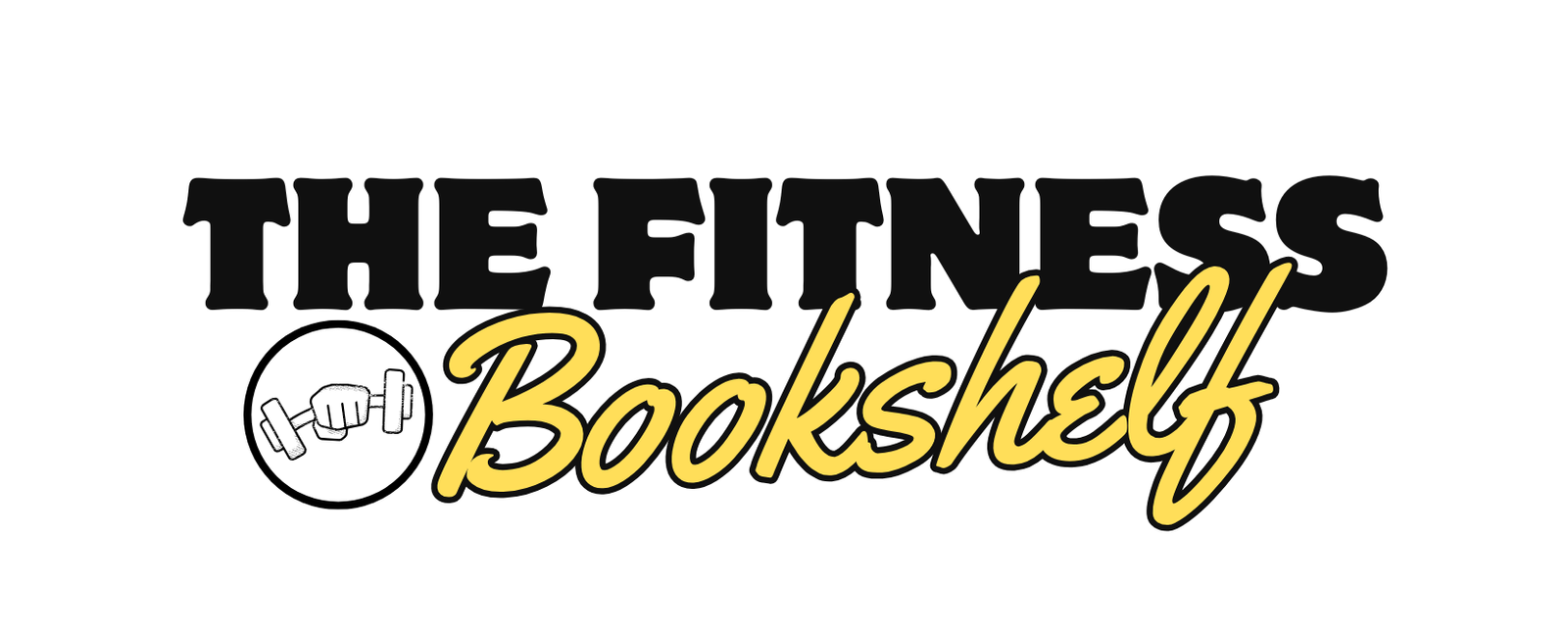
Unlock Peak Performance: A Scientific Muscle Training Guide That Doesn’t Skip Leg Day
In the chaos of modern fitness, where social media influencers shout workout tips over EDM beats and self-proclaimed gurus reinvent the dumbbell every week, Jim Stoppani’s Encyclopedia of Muscle & Strength rises above the noise like a perfectly executed deadlift. This scientific muscle training guide isn’t just another stack of fitness clichés, it’s a finely tuned, lab-tested roadmap to real gains, backed by a PhD and a deep bench of research.
Forget the bro-science. This is pro-science with a pump.
PhD Gains: The Scientific Muscle Training Guide You Can Actually Trust
Let’s talk credibility. Jim Stoppani didn’t just read about muscle physiology, he earned a doctorate in it, worked as a postdoc at Yale, and then translated that knowledge into decades of real-world results. His book doesn’t peddle gimmicks. It delivers evidence-based training systems designed to stimulate hypertrophy, boost strength, and avoid the dreaded plateau better than a pre-workout avoids sleep.
Think of this encyclopedia as a research lab for lifters, but with more biceps and fewer safety goggles.
Massive Gains, Minimal Guesswork: Training Plans That Actually Train
Inside this scientific strength training book lies the holy grail of gym sanity: structure. With more than 140 detailed programs and 380+ exercises, lifters won’t wander aimlessly from machine to machine like lost gains in the cardio section. Instead, the routines offer tailored solutions for every goal, muscle building, fat loss, strength development, and even endurance, layered by difficulty, so both rookies and gym veterans feel seen, swole, and supported.
There’s no fluff. No trendy challenges. Just programs that work harder than your spotter pretending not to look at their phone.
The Smart Lifter’s Toolbox: More Than Just Muscles
This isn’t just a workout book. It’s a complete muscle and strength reference guide, armed with gear breakdowns, nutrition strategies, and even tips on how to approach recovery like a professional. It walks readers through kettlebells, cables, resistance bands, and even TRX systems, explaining what works, why it works, and when to use it. Oh, and the glossary? More shredded than a bodybuilder at 4% body fat.
In short, Muscle & Strength doesn’t just build bodies, it builds knowledge. And that, friends, is how real results stick around longer than New Year’s resolutions.
Conclusion: Real Muscles, Real Science, Real Results
While the internet shouts, this book speaks with quiet, muscular authority. Jim Stoppani’s Encyclopedia of Muscle & Strength is the scientific muscle training guide the fitness world desperately needs, and deserves. Backed by research, sharpened by experience, and heavier than some people’s max lifts, it earns a permanent spot on any serious lifter’s shelf.
Because gains are good, but informed gains? That’s next-level.
About the Author: Dr. Jim Stoppani, PhD (and Probably Bench Pressed This Paragraph)
Dr. Jim Stoppani isn’t just another guy with a gym membership and a Wi-Fi signal. He’s a legit exercise physiologist with a PhD from the University of Connecticut, and he completed a postdoctoral fellowship at Yale University, yes, that Yale. When most lifters are debating pre-workout flavors, he was decoding how muscles actually grow, recover, and repeat.
After Yale, he didn’t disappear into academia. Instead, he went full beast mode in the fitness industry, becoming the senior science editor for Muscle & Fitness, Flex, and Muscle & Fitness Hers. Translation? He made science jacked.
Stoppani combines high-level research with real-world training like a mad scientist who swapped the lab coat for a stringer tank. He’s also the creator of JYM Supplement Science, a bestselling supplement line that, unlike most supplements, is actually transparent about what’s inside. Revolutionary, right?
Whether he’s writing, coaching, or benching enough weight to terrify most chiropractors, Stoppani is known for turning complexity into clarity—and helping lifters do the same with their training. If there’s such a thing as the Carl Sagan of biceps, he’s it.
